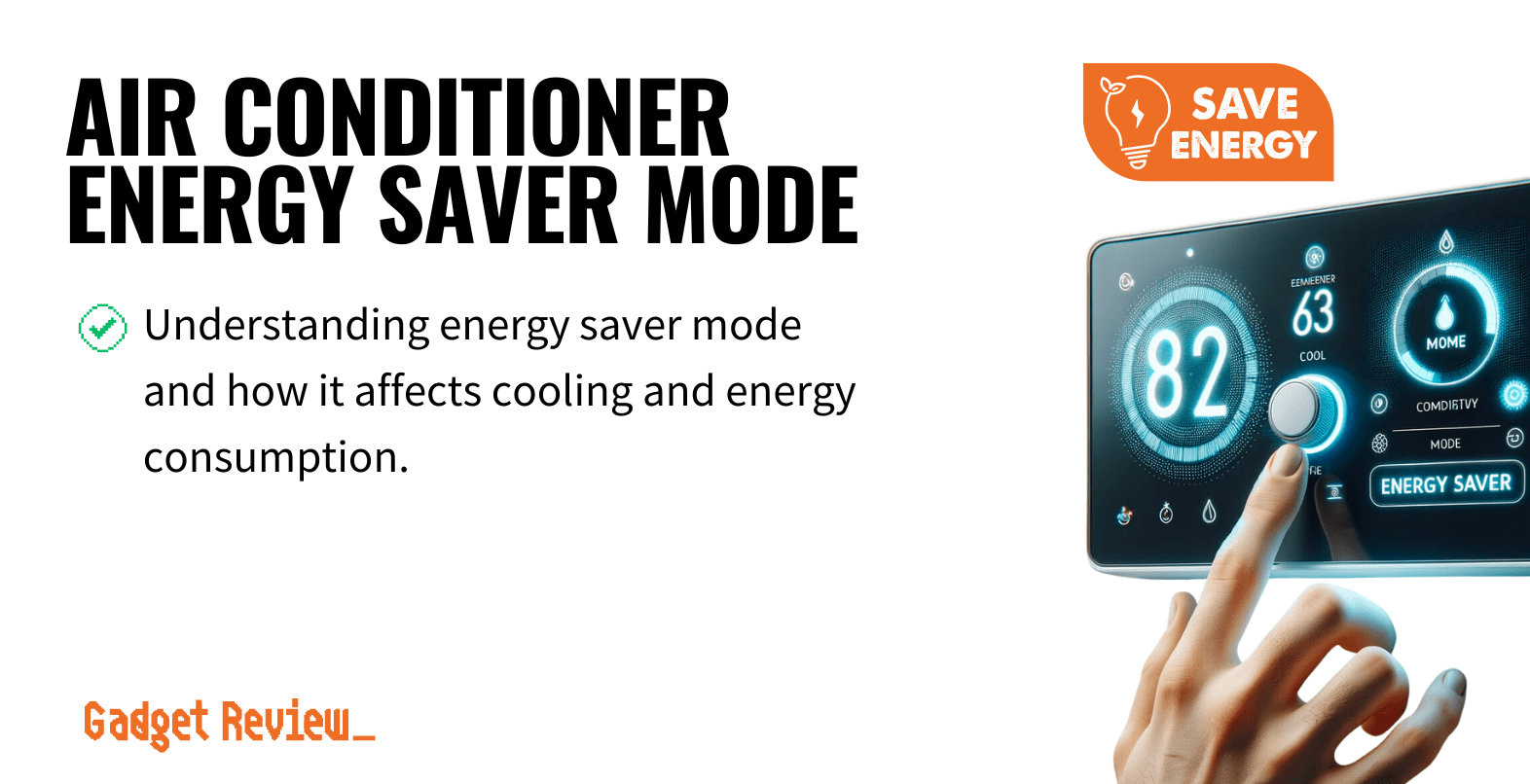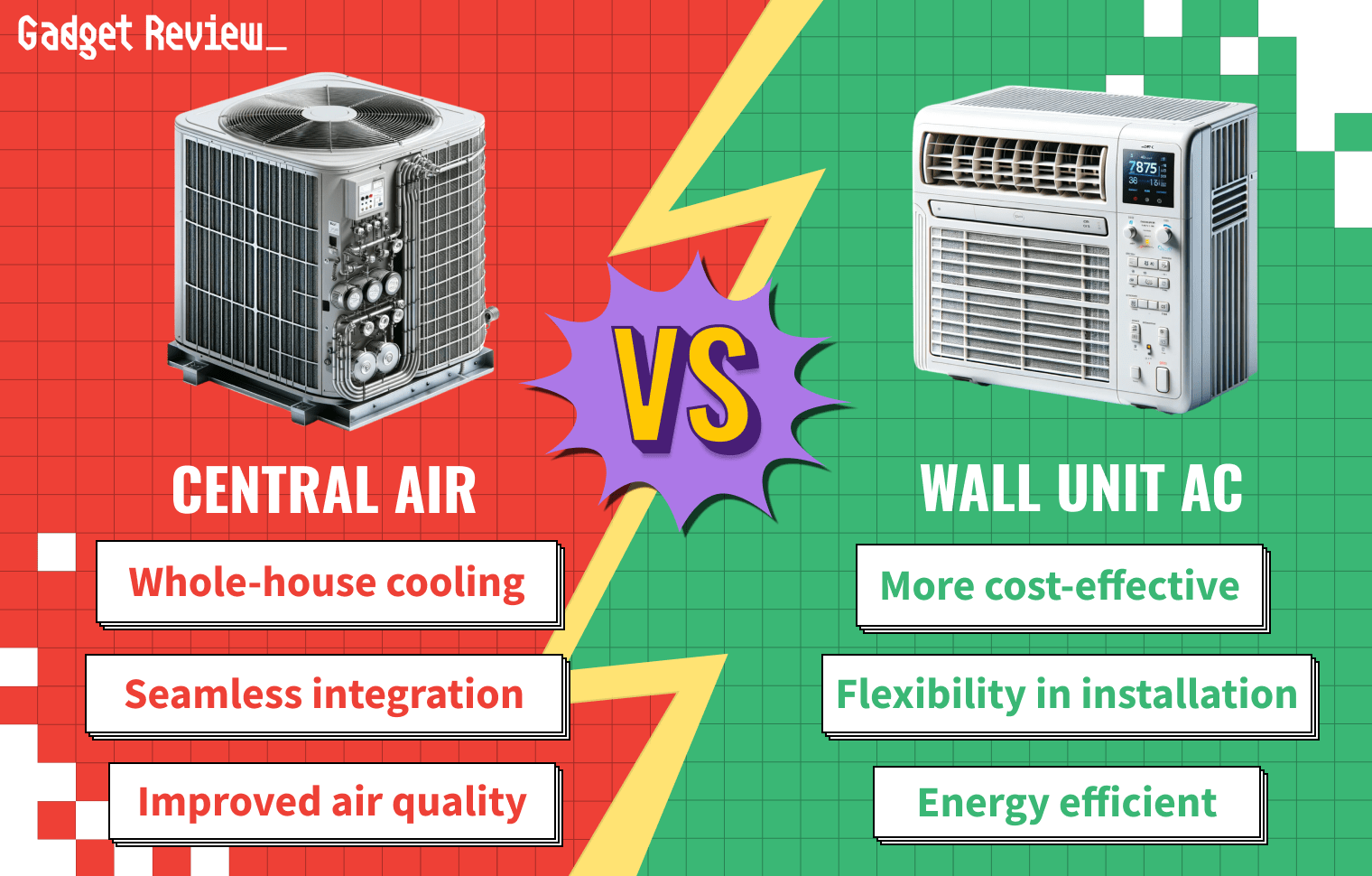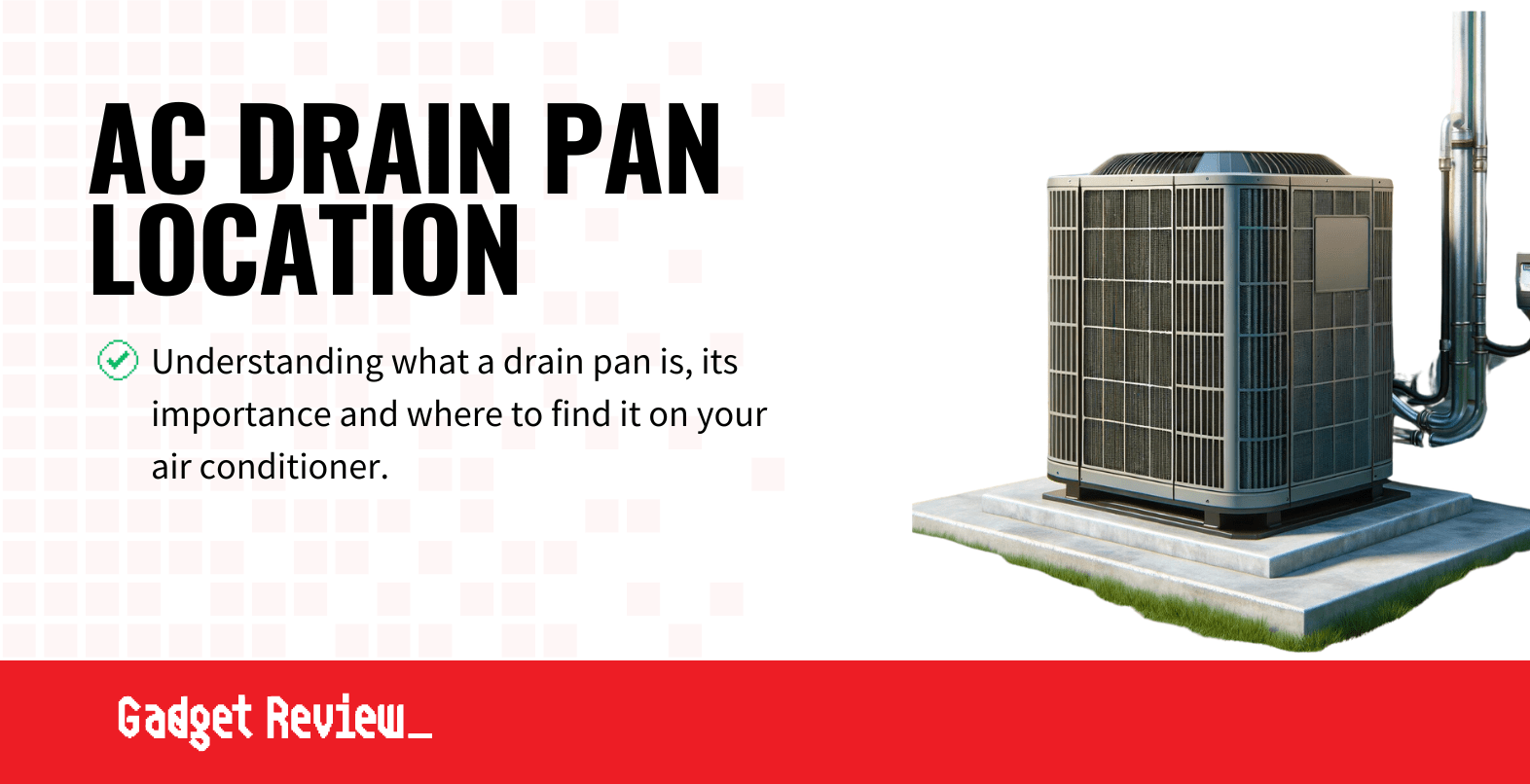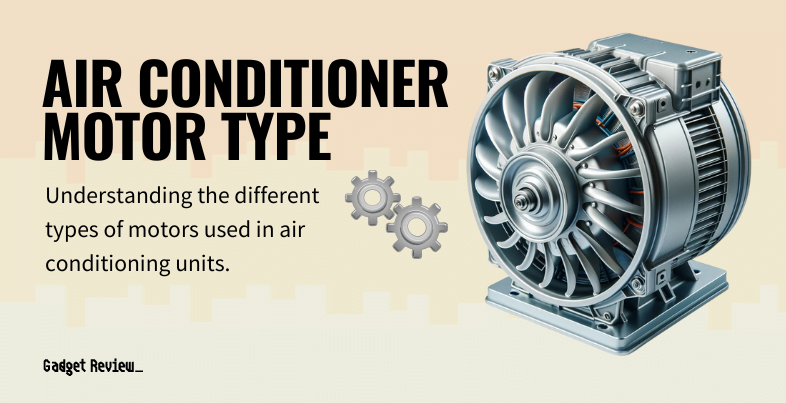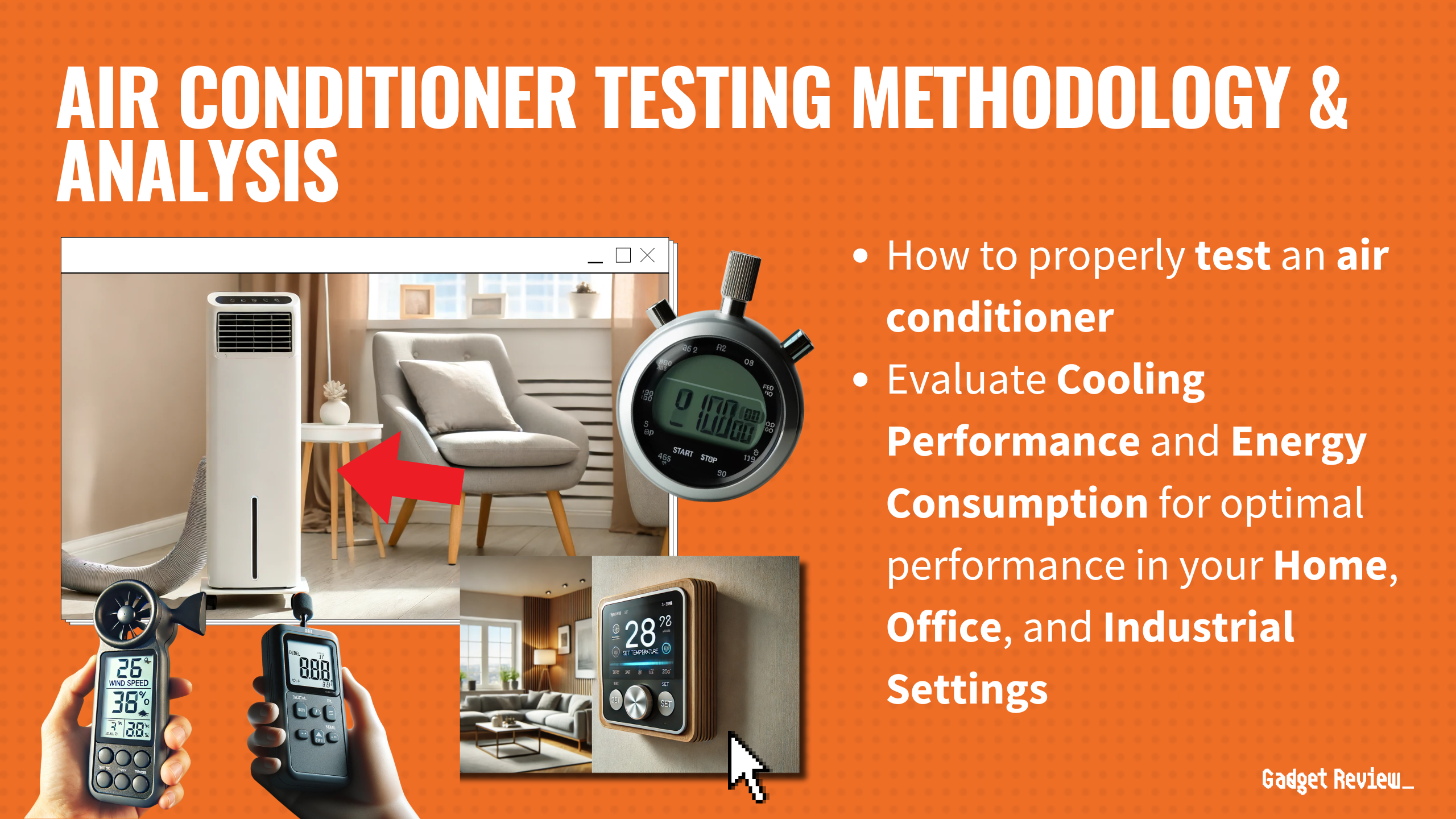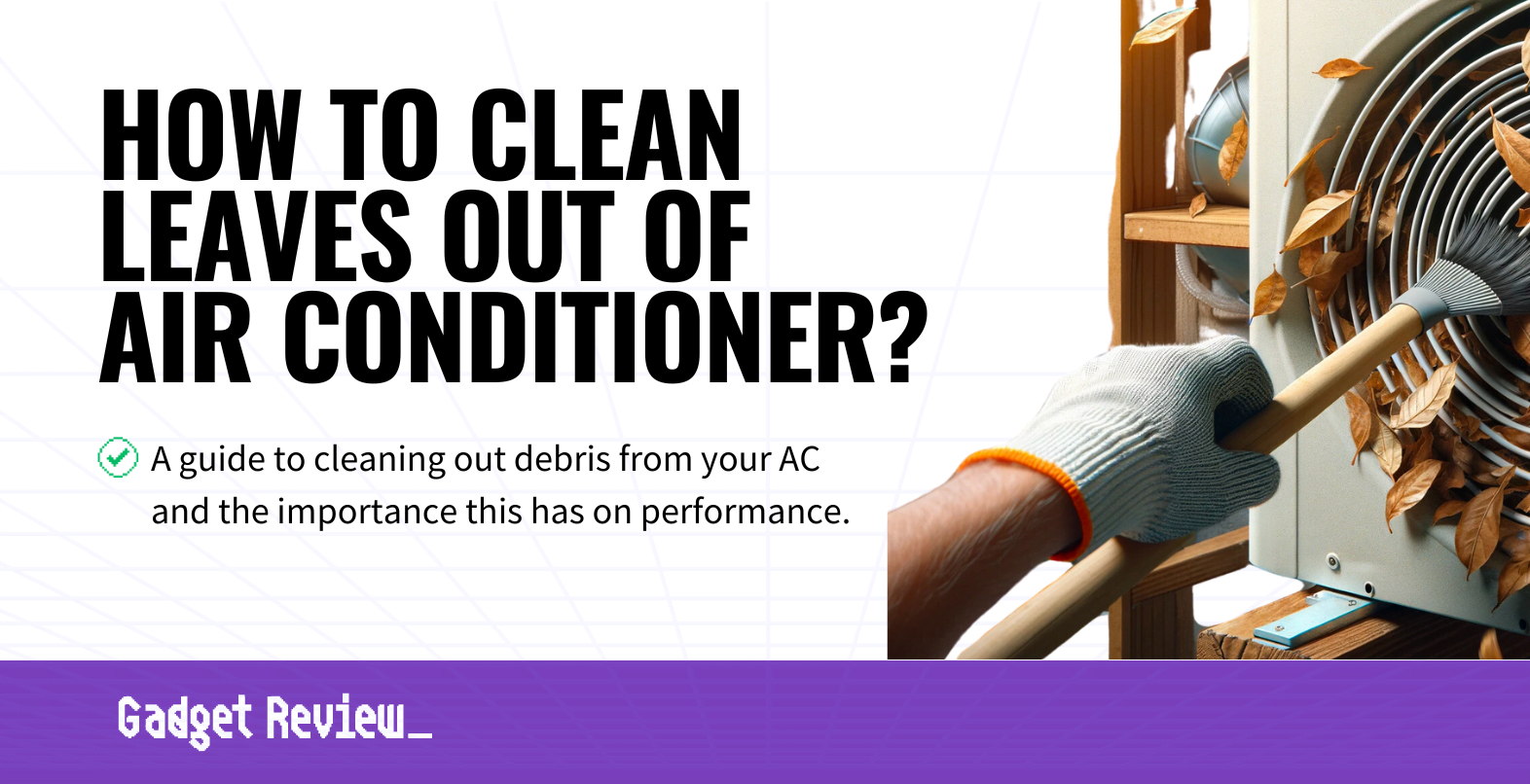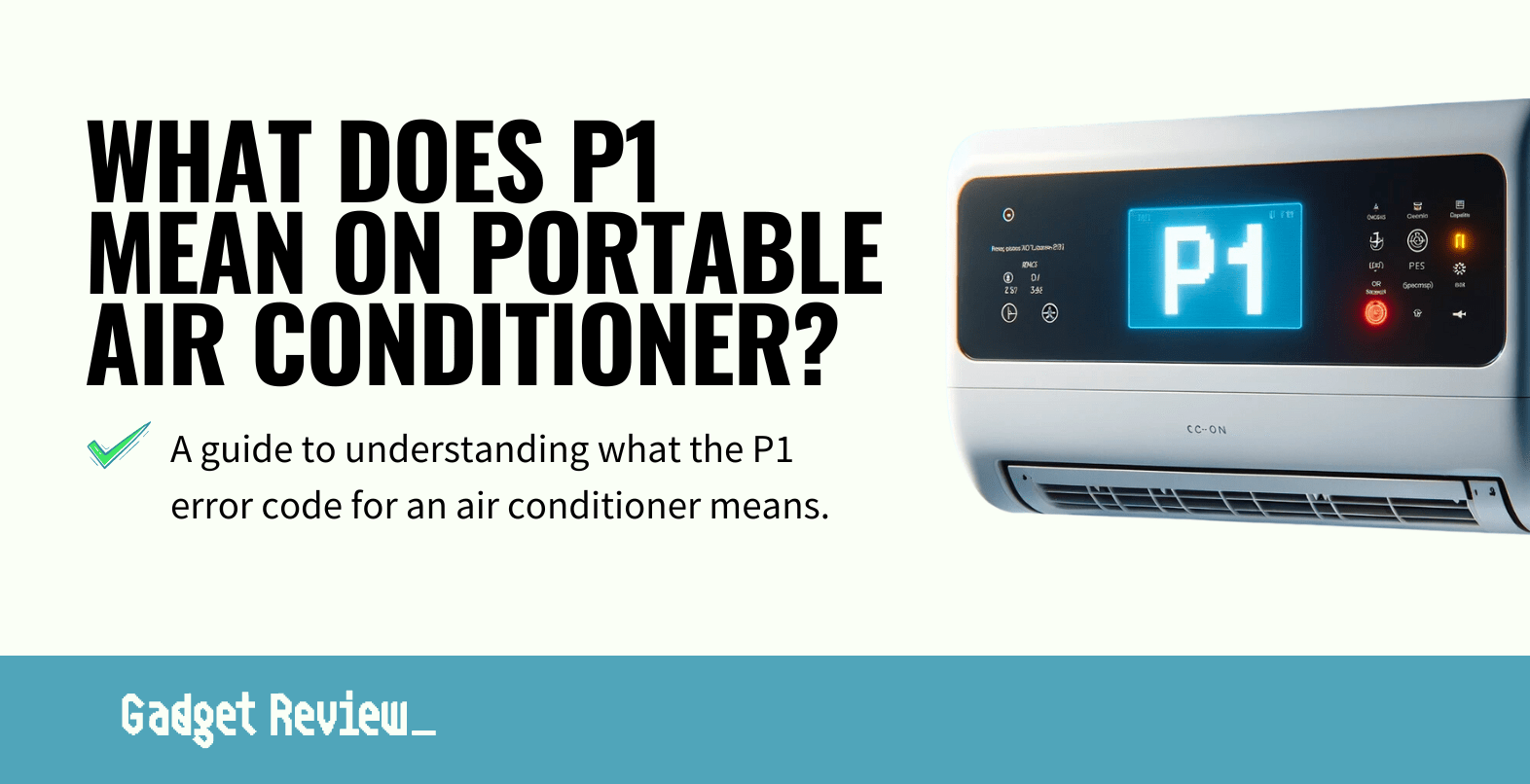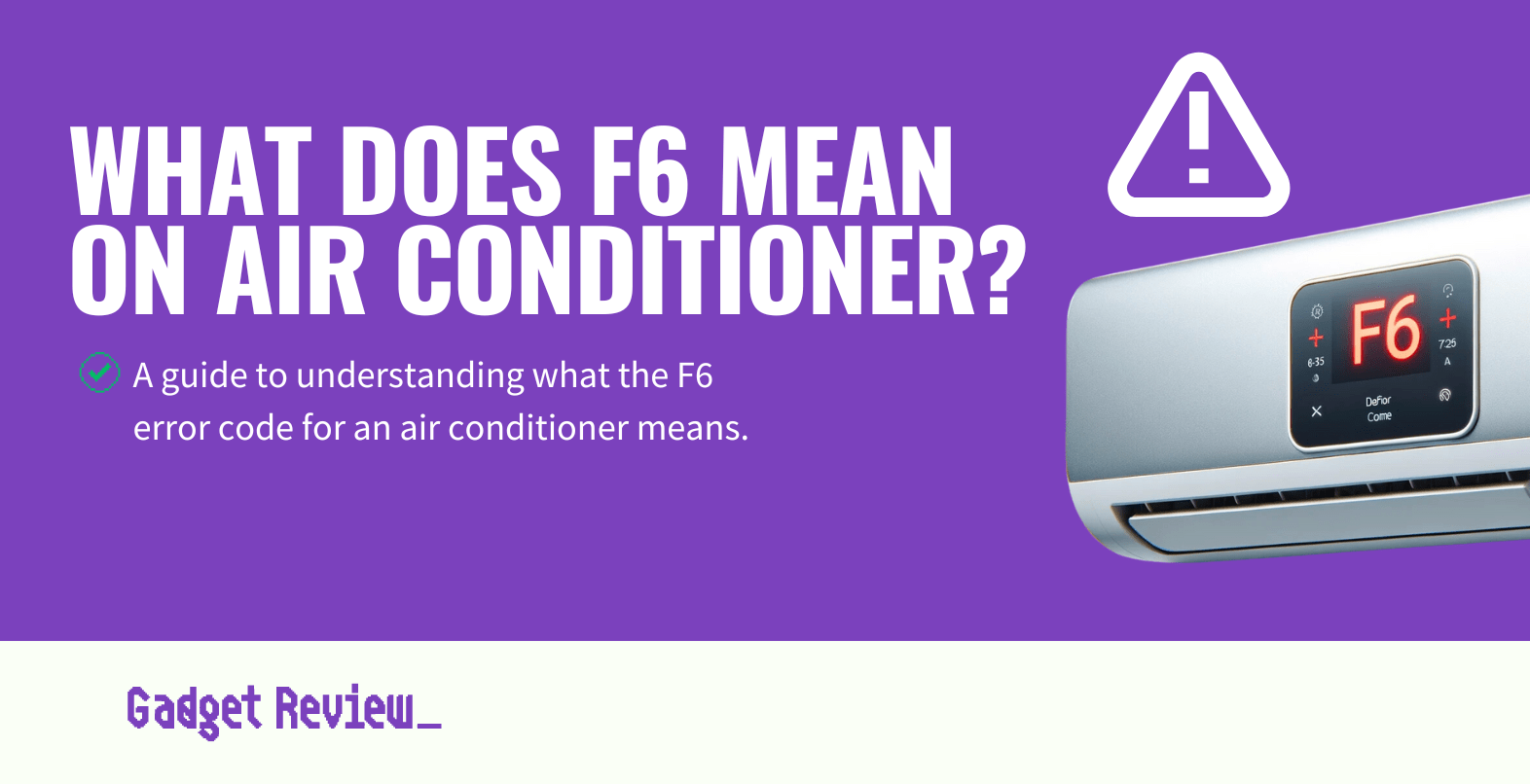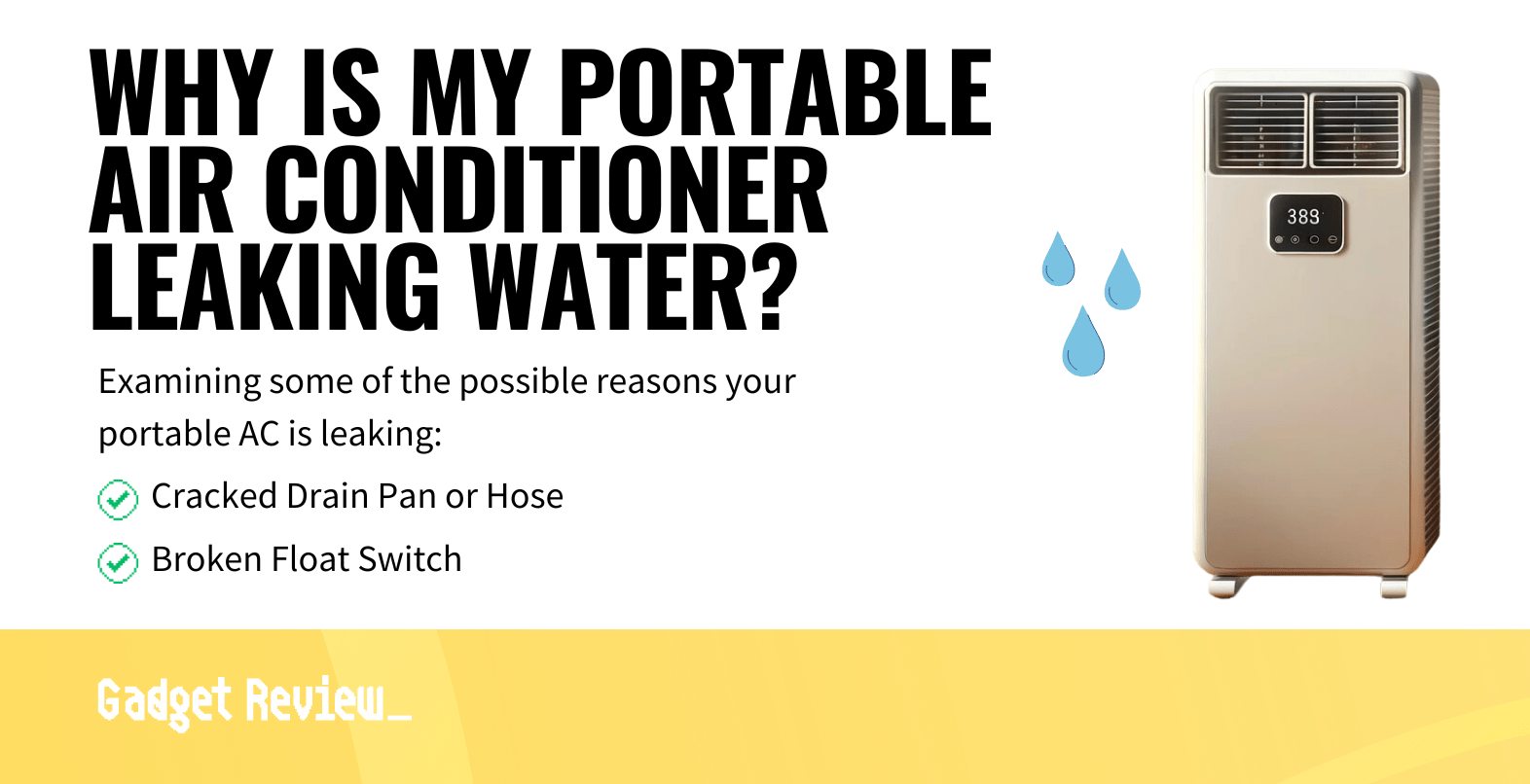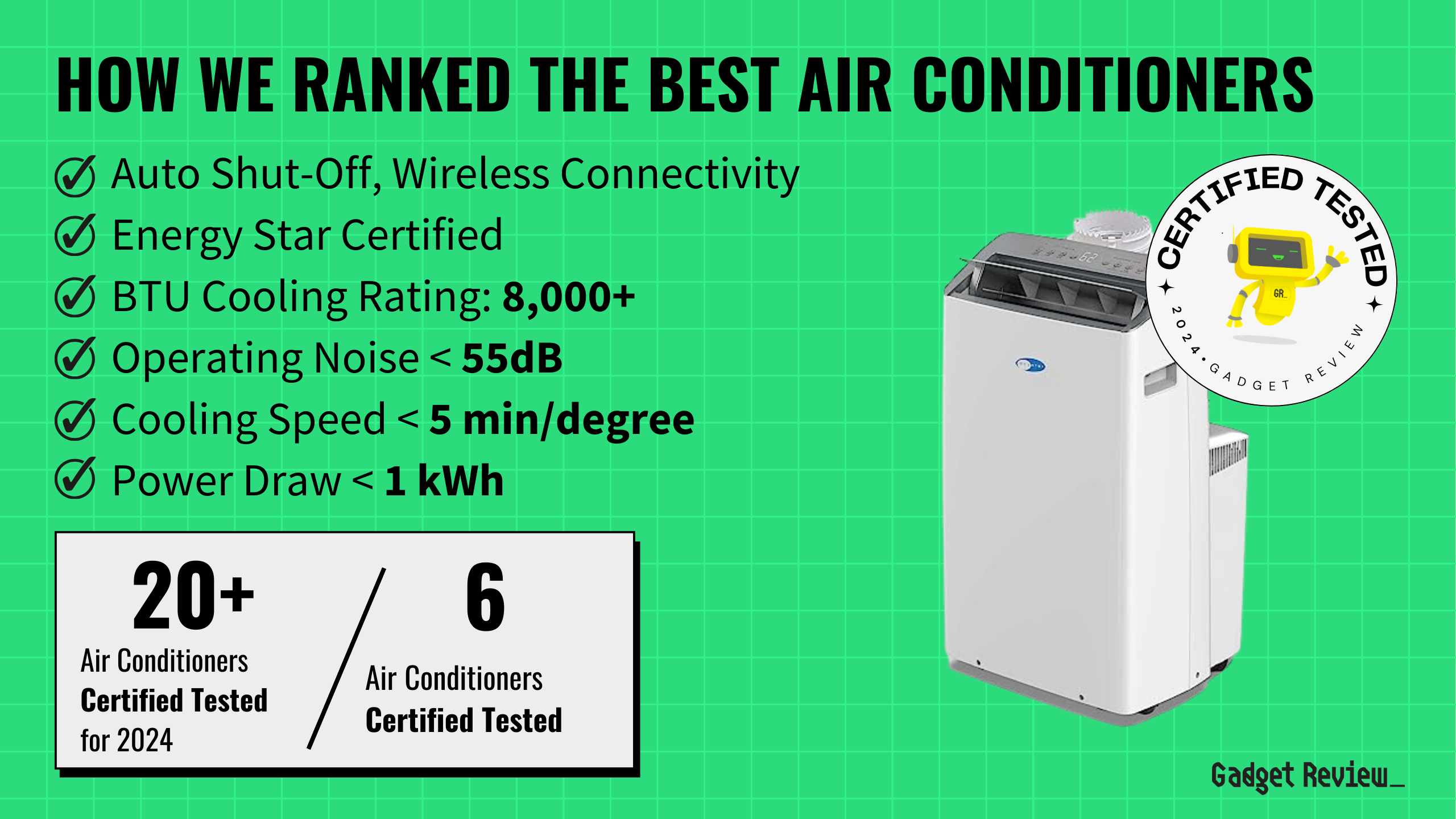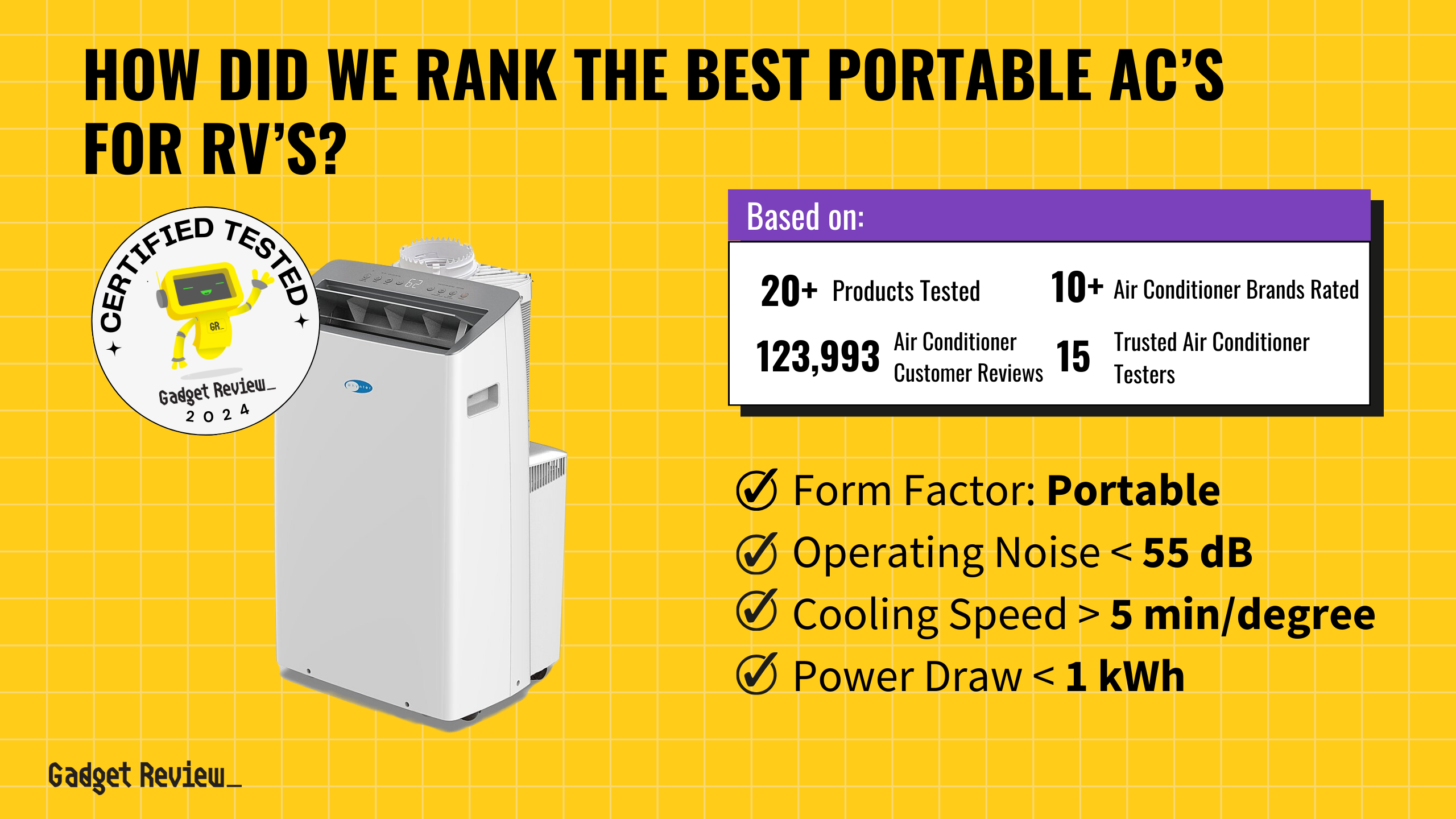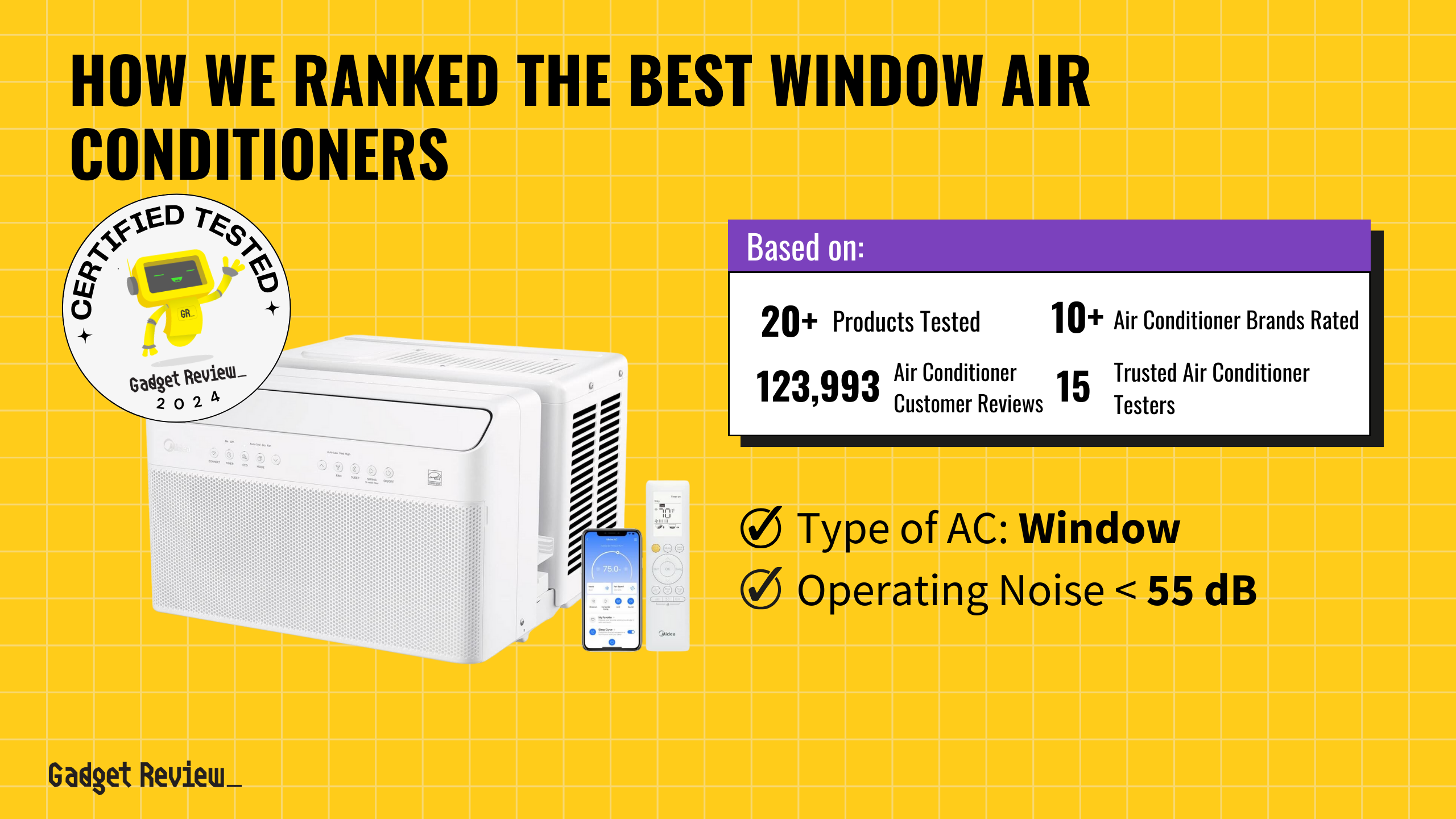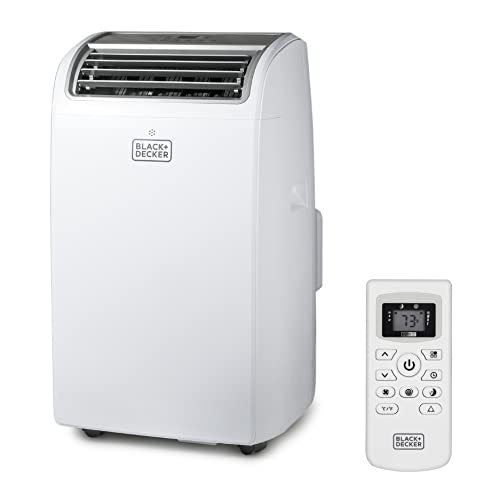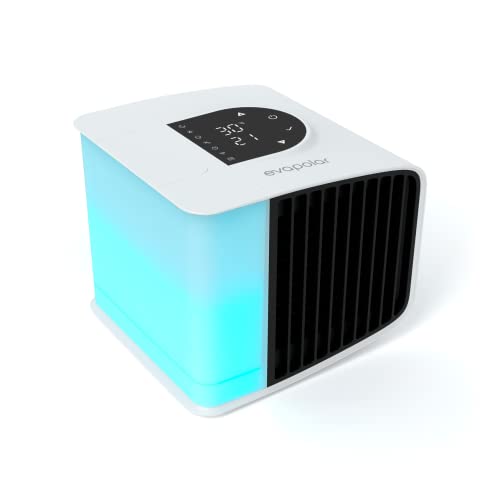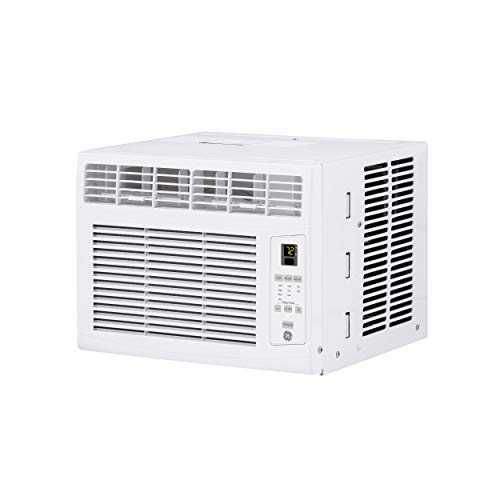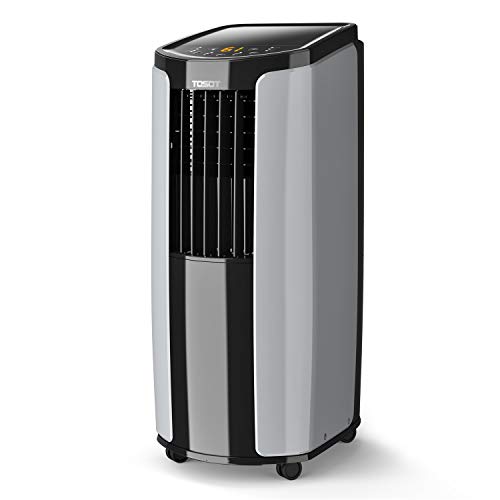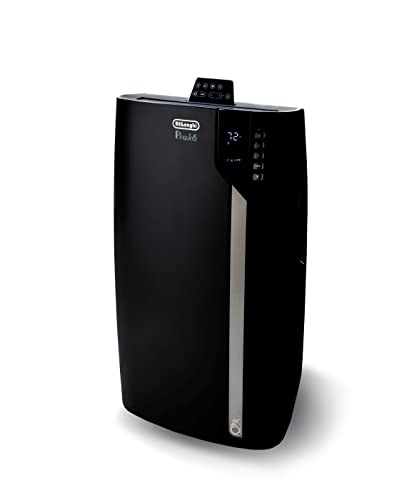It’s a story as old as Pangea: after the first month of summer’s heat waves, you rip open the electric bill and find that the cost has shot up like a rocket. However, the best air conditioners have settings to help you try to avoid this unfortunate expense. The energy saver mode on an air conditioner helps save energy. It works by turning off the compressor, which uses a lot of energy, but still keeps the room cool. It also adjusts other settings to use less electricity. Using the energy saver mode helps save money and is good for the environment.
Key Takeaways_
- The energy saver mode automatically controls the AC compressor and fan speeds to optimize for reducing energy use.
- Purchasing an energy-efficient window unit can save owners up to 50% on power consumption.
- The energy saver mode allows users to balance and maintain a preferred comfort level and save money.
If you want to continue your HVAC education, we have another article that explains what dry mode is on an AC, as well as what aircon symbols mean so you can get the most out our your AC.
What is the Energy Saver Function?
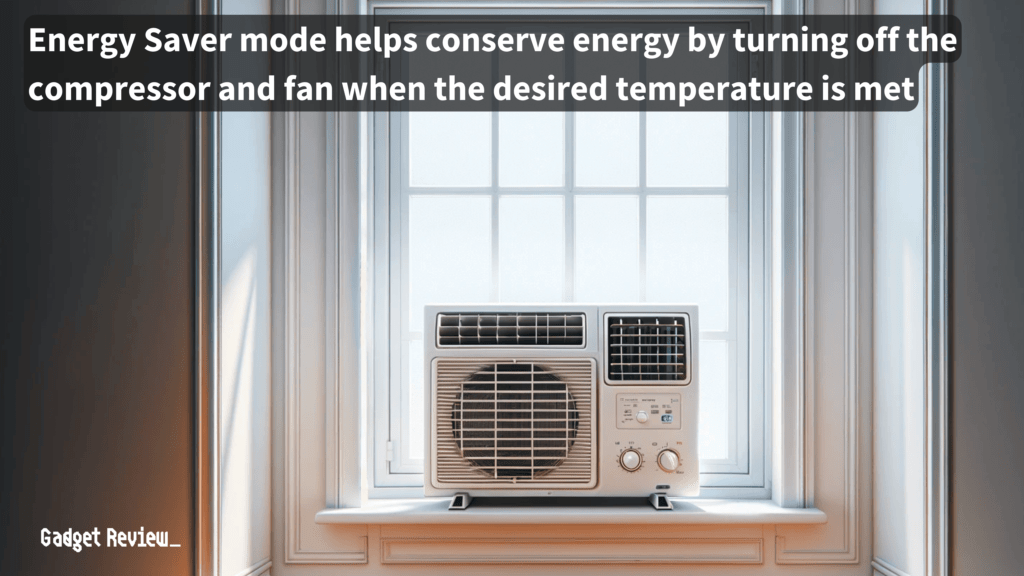
Cutting down on power consumption to lower energy costs is a common goal for AC owners.
And many assume that reducing energy costs means dealing with a much warmer living space. Fortunately, energy saver mode means you don’t have to.
Energy saver mode is an incredible setting that allows for great indoor climate control while simultaneously cutting energy costs.
Energy saving modes work by optimizing the cycle duration, where the compressor and fan may only need to run for a couple of minutes every hour to maintain the set temperature, significantly reducing energy use.
insider tip
Many older air conditioning systems don’t have an energy-saving mode. The savings that result from buying a system with an energy-saving setting can quickly overcome the cost of purchasing a new unit.
It regulates the cooling mode ( air compressor) and fan speed when it’s on by sensing the room’s temperature. It then adjusts the AC unit to consume the lowest possible energy.
For those that use a portable air conditioner, if you’re seeing an error code, we have an article explaining what E4 means on an air conditioner.
Now, if you want to use the coldest temperature on an air conditioner as possible, energy saver mode isn’t for you, but for those that wish to conserve power, let’s explain when to use energy saver mode.
When Should You Use Energy Saver?
It’s good to use the energy saver mode as often as possible regardless of whether you have a window, portable or central air conditioning unit.
However, the best times to use the energy saver mode depend on your unit type.
Central AC owners should always switch their thermostat settings to energy saver mode for central units before going away for a long trip.
warning
Even with energy-saving modes, a central air conditioner will still be more energy efficient than a window unit if you want to cool your entire house.
They should also leave it on as often as possible when home, only switching it off when attempting to change the temperature drastically.
For window or portable air conditioner owners, energy saver mode is best used as soon as the room is up to a comfortable temperature.
How To Use The Power Saver Mode
Using the power saver mode on your AC is straightforward. For those with basic window units or portable units, the control panel usually includes a power saver mode, energy saver mode, or eco mode button, providing an easy option to reduce energy consumption.
STAT: ENERGY STAR recommends that to be as energy-efficient as possible, owners should keep the temperature setting at 72-73 degrees (source)
Pressing this button activates the mode, and the AC will indicate whether the mode is on or off. For detailed instructions, refer to the AC’s owner’s manual.
Additionally, using ceiling fans in conjunction with your AC can enhance the cooling experience, circulating cool air more efficiently and allowing you to set your AC a few degrees higher to save energy.
Benefits Of Using Power Saver Mode
The primary benefits include saving money on energy bills, reducing carbon footprint, improving the overall performance of the AC, offering a set-and-forget convenience, and increasing comfort by maintaining the desired room temperature automatically.
Many modern AC units come with a digital display and remote control, making it easier to activate the energy saver function and adjust settings like temperature degrees and timer options.
Difference Between Energy Saver (Eco) and Auto Mode
In Energy Saver (Eco) mode, the fan runs only when the compressor is on, and the user can choose the fan speed. The fan and compressor turn off together, which might result in noticeable temperature differences before the AC turns on again.
In contrast, Auto mode automatically adjusts the fan speed based on the difference between the set temperature and the room temperature, maintaining a more consistent temperature.
Some advanced models, especially central air systems, are equipped with DUAL Inverter technology, which can reduce energy consumption by 30-50% while still providing ample cooling for large areas measured in square feet.


